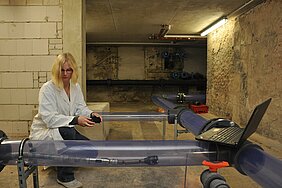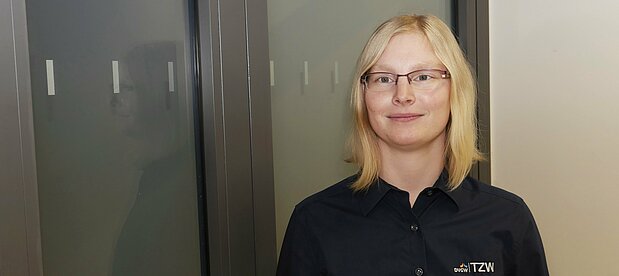Within the scope of inspection projects at water supply companies, the project investigates under which conditions an optical and acoustic inspection of drinking water pipes is possible and what information can be generated.
For the economic operation of the drinking water supply systems, it is of central importance to rehabilitate and replace the water supply infrastructure according to the condition of the network. For this it is essential to have as accurate as possible information about the condition of the assets. The water suppliers are therefore looking for methods for the object-specific evaluation of pipe strings of the drinking water system. There is a particular need for methods that can be used while operating and ensuring that all safety and hygiene regulations are met.
In the wastewater sector, optical inspection is already used extensively to assess the condition of pipelines and fittings. This indicates that optical methods offer added value for the operation of pipeline networks. However, this potential has not yet been utilized in the drinking water sector.
An interesting approach for the drinking water sector is the “Wasserschlange” system from the German company Gullyver. This is an optical-acoustic inspection system that can be used to examine pipe lengths of up to 2,500 m without emptying the pipe. The TZW has equipped itself with this system in order to investigate the potential of an optical-acoustic inspection through practical tests at water suppliers.
The research project is sponsored by the DVGW and supported by more than 15 water supply companies.
The knowledge gained is to be used for further development of the DVGW rules and regulations in order to support drinking water suppliers with regard to safe and economic operation of the drinking water system.

![[Translate to English:] Prüfstelle-Produktprüfung_Teststand Test centre and product testing](/fileadmin/_processed_/0/9/csm_TZW-Karlsruhe_Pruefung_Geraete-Teststand_377188946c.jpg)



























